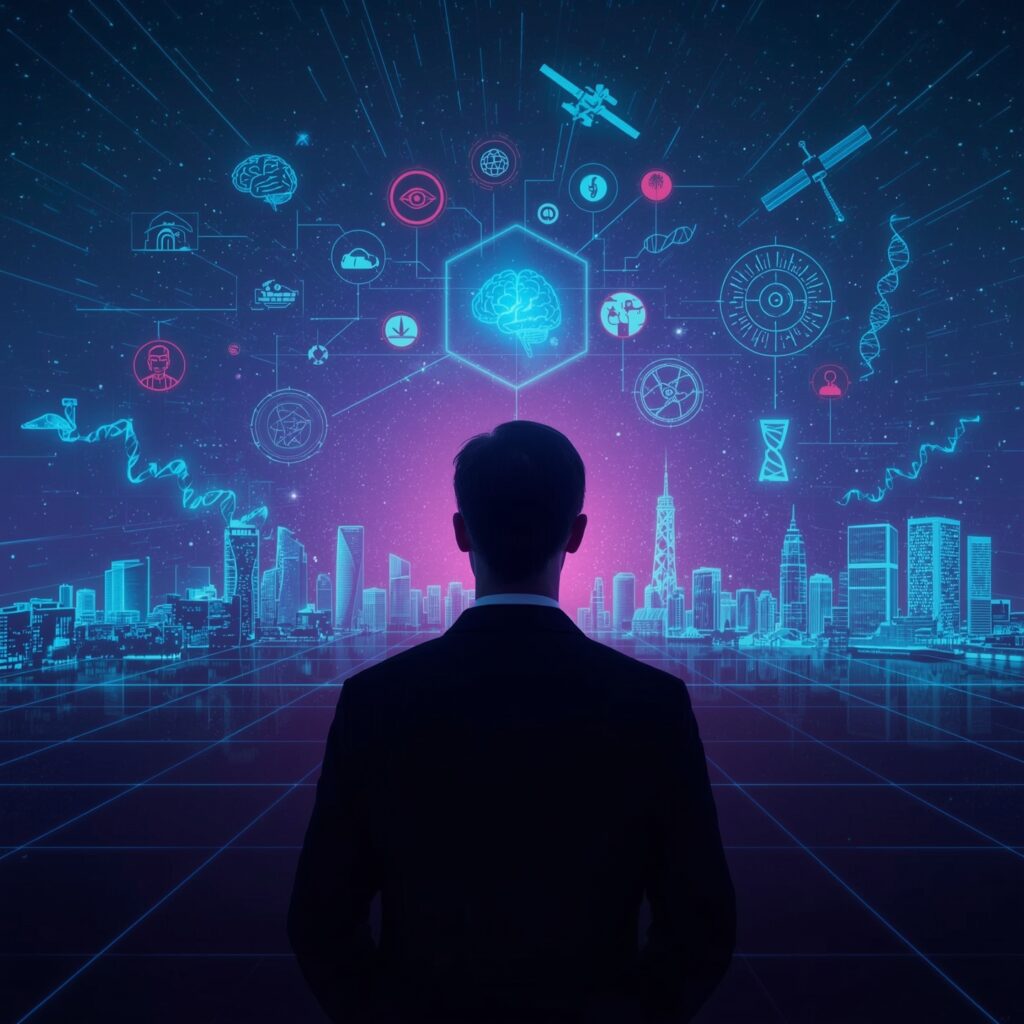Emerging STEM Trends in USA: What’s Shaping the Education Landscape
Emerging STEM trends in USA are transforming how students learn, how educators teach, and how industries invest in tomorrow’s workforce. With over a decade of experience covering U.S. educational innovation and workforce development, I bring you a first-hand look at trends driven by policy, technology, and real-world need. From federal AI in classrooms initiatives to corporate grants bolstering STEM equity, these developments signal how STEM education is evolving in America to meet both opportunity and urgency.
AI Literacy & Machine Learning Become Core Curriculum
Among the most prominent emerging STEM trends in USA is the rapid integration of AI and machine learning into K–12 classrooms. The U.S. Department of Education’s newly endorsed AI guidance enables schools to apply federal grants for AI-powered tutoring, career counseling, and personalized learning tools—but many districts report under-resourcing and unclear oversight. As of 2025, at least 28 states have issued AI curriculum guidelines, and business leaders are calling for required high school AI or computer science courses. This shift shows STEM education moving from theory to application.
Coding, Computational Thinking & Quantum Concepts
Emerging STEM trends in USA also emphasize coding and computational thinking as foundational student skills. From algorithm puzzles in elementary school to robotics clubs and coding Olympiads, U.S. classrooms are accelerating their digital fluency efforts. Meanwhile, quantum computing modules are beginning to appear in high school curricula—introducing future physicists and engineers to cutting-edge technology early on. These trends reflect a forward-looking approach to STEM education, preparing students for a tech-driven workforce.
Immersive Learning with VR/AR and STEAM Integration
Visual and experiential learning are penetrating STEM classrooms too. Emerging STEM trends in USA include expanded use of virtual and augmented reality (VR/AR), allowing students to simulate chemistry labs, explore ecosystems, or visit historical sites virtually. The STEAM movement—integrating art, music, and storytelling with science and engineering—is also growing, especially through programs like Georgia Tech’s GoSTEAM labs, which foster creativity and innovation alongside critical thinking.
Equity in STEM: Grants and Inclusive Programs
A major pillar of emerging STEM trends in USA is expanding equity and access. While the U.S. STEM workforce currently shows significant underrepresentation—women make up ~35%, and minorities remain below parity—initiatives like Toyota’s $6.5M STEM grant in Texas are designed to change that. Programs like ExploreSTEM camps target students with disabilities and underserved youth, introducing AI, robotics, AR/VR, and computational engineering in inclusive, supportive settings. These efforts reflect a growing national commitment to inclusion and early access in STEM.
Workforce Partnerships & Policy Impact
Emerging STEM trends in USA are anchored by public–private collaboration. Federal policies—starting with the STEM Education Act of 2014—continue to influence school funding and curricular mandates. In 2025, policymakers and educators leaned into AI literacy, computational thinking, and STEM credentialing for high school graduation. Corporate initiatives from companies like Microsoft, Google, and Toyota are supporting district-level programs, teacher development, and community engagement—creating workforce pipelines and embedding STEM learning in local ecosystems.
Why These Trends Matter
These developments aren’t just pedagogical shifts—they reflect how education, technology, and policy converge. AI literacy prepares students for digital futures. Quantum exposure builds foundational knowledge for advanced STEM careers. STEAM and VR/AR enhance engagement. Equity initiatives aim to break down systemic barriers. As a seasoned STEM policy reporter, I interpret how these factors interlock and what they mean for American education and innovation.
Key Statistics & Context
-
STEM jobs projected to grow 10.4% between 2023 and 2033—nearly three times faster than non-STEM jobs; median wage ~$101,650/year.
-
U.S. needs to fill ~3.5M STEM jobs by 2025—but could face a 2M-person shortfall due to skills gaps.
-
Over 90% of schools lack adequate AI training resources for teachers, despite strong support for integration
-
Will AI and coding become mandatory in high school?
Some states are moving toward graduation requirements, and major educational organizations are advocating for standardized AI/coding pathways. Broader adoption may come by late 2025, depending on funding and policy support.
Does VR actually improve STEM learning outcomes?
Early studies—especially in chemistry, biology, and physics—suggest immersive VR increases retention and engagement. More large-scale validation is underway.
How are underserved students included?
Inclusive STEM programs, such as STEM camps for disabled students and economic support initiatives in rural communities, are showing promise in expanding access.
Conclusion
Emerging STEM trends in USA point to a future where AI, quantum computing, experiential learning, equity, and policy converge to empower students and strengthen workforce readiness. These changes reflect America’s investment in innovation and inclusion. If you’re interested in local pilots, equity models, or curriculum resources, I’d be happy to collaborate.
Let’s explore how STEM is shaping the next chapter of U.S. discovery and opportunity














